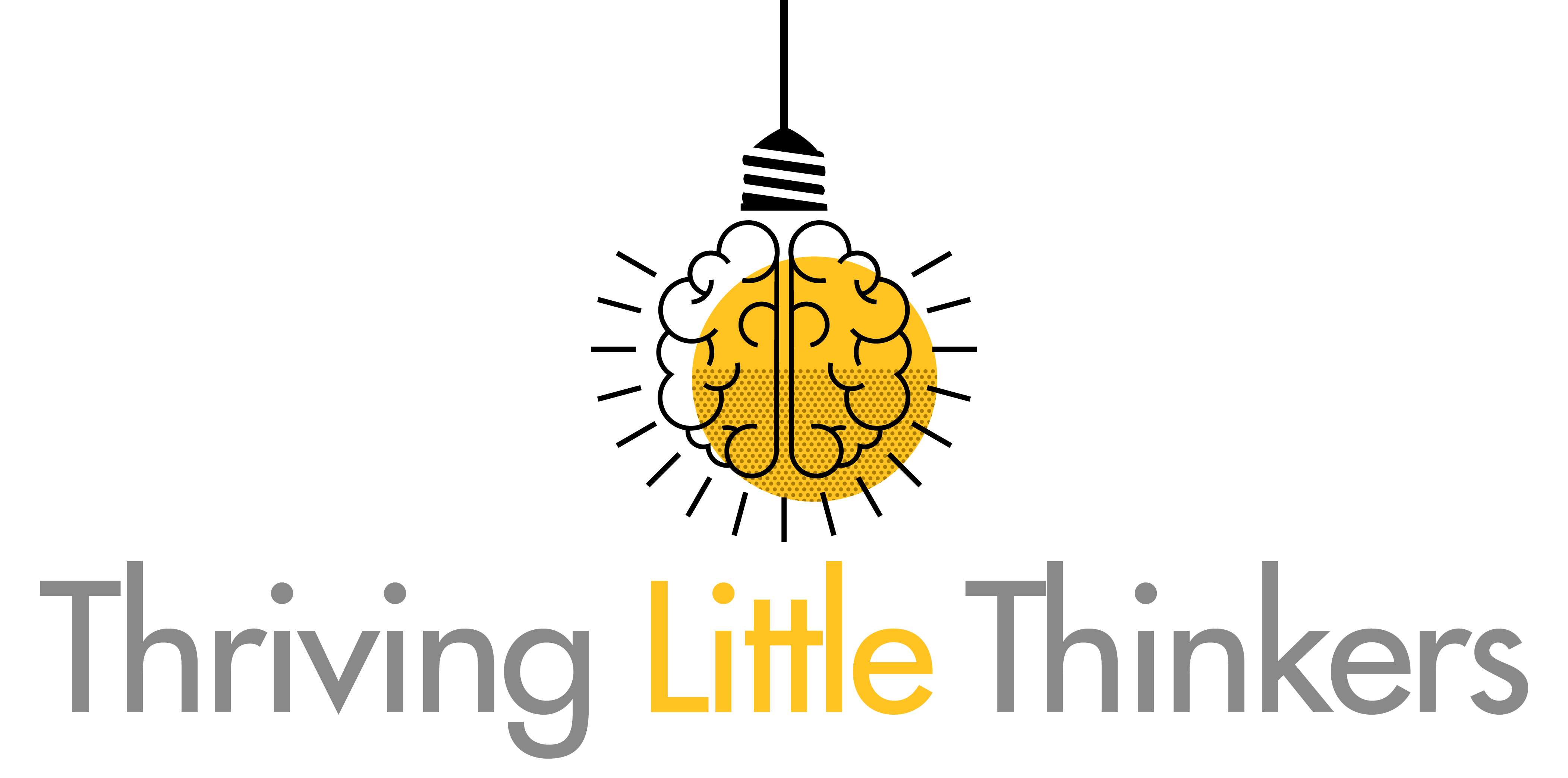This post describes four ways to use kitchen experiences to introduce numbers and basic math concepts while connecting with early learners. Involving kids in the kitchen is a low cost and high impact way to build important thinking skills.
- Growing familiar with numbers
- The Kitchen
- 4 Ways to learn about numbers in the kitchen (infographic)
- Takeaways
Growing Familiar with Numbers
If you have a preschooler or young elementary student at home, they are likely learning to recognize and begin to work with numbers. Growing familiar with numbers is an essential foundation for higher math skills. This is called numeracy (the ability to understand and work with numbers).
For most children, early numeracy is acquired through activities in the home and everyday environment, before they reach the school setting.
According to a review of current research1:
- Children exposed to “fewer and less complex everyday number activities and experiences” have shown poorer numerical knowledge during preschool and kindergarten compared to peers
- Early knowledge about numbers has been linked to performance in formal math as a child grows
- Our kids use memory, language, and fine motor skills when learning to work with numbers.
So… if recognizing and understanding numbers is important for our children’s academic success, and is chiefly acquired through the home and everyday environment, what practical steps can you take in your own home? I suggest that we start in the kitchen.

The Kitchen
The kitchen of your home is a functional workspace filled with numbers and mathematical concepts. It is often a central place where people gather several times a day, providing multiple opportunities to involve your little thinkers (and cooks).
Your kitchen can provide not only meals for your family, it can also provide early number skills for your little thinkers.
4 Ways to Learn Numbers in the Kitchen
- Basic recognition of numbers. Find numbers and say them aloud together. Your child will learn that numbers are part of everyday life and that they are useful. Places to look for numbers:
- scales
- measuring cups
- ingredient containers
- appliances such as microwave or stove
- printed in recipes


- Counting and moving from number labels to concrete amounts. Use items in your kitchen to provide a visual and tactile (a.k.a. touchable) understanding of a number.
- Example: Find the number 3 in your recipe and count 3 scoops of flour so that your child can visually see the amount and connect it to the number 3.
- You can use anything in your kitchen: chocolate chips, cookies, scoops of ice cream, the number of applesauce pouches your toddler has eaten…the opportunities are endless. Just start counting!

- Comparing magnitudes or amounts. Point out the differences and describe what you see.
- Which cup has more flour? Which cup has less flour?
- Which cookie is larger? Which cookie is smaller?
- Which measuring cup is taller? Which measuring cup is shorter?

- Changing amounts (Adding or subtracting)
- Now that your child can recognize which has more and which has less, practice altering amounts (adding or subtracting).
- I had 5 chocolate chips in this bowl, but I moved 4 chocolate chips to this bowl. Let’s count them again. Now, which one has more? Which one has less?

Takeaways

Involving kids in the kitchen and pointing out numbers or math concepts as you work is a low cost activity. The primary “expense” is your time and patience. Children don’t need fancy kitchen gadgets or formal cooking classes. They can build important thinking skills on your current grocery budget while you helping you prep their normal, everyday snack or meal.

Participating in family cooking is a high impact activity that builds important thinking skills. Numeracy is a primary goal, but children also learn skills in sequencing, measuring, planning, and even get sensory play when they interact with different ingredients.
While this post primarily focuses on early numeracy for young children such as preschoolers, you can also involve older children by highlighting the practicality of numbers and math in the kitchen. Your older child can help reinforce basic number concepts with your littles, and you can also adapt these strategies to higher level math skills:
- Incorporate fractions and percentages with pizza slices
- Practice multiplying or dividing to change the portions of a recipe
- Recognize differences in units of measure and practice conversions, such as cups to liters or tablespoons to milliliters
I am not suggesting that you have an all day academic kitchen school session in which you go over review each of these number concepts and then never talk about it again. The best learning happens during and after informal experiences. Our children learn through our daily interactions.
- Start small. When you are getting ready for dinner tonight, invite your child to count the number of potatoes you are going to boil, or the number of Chic-fil-a kids meals you are going to order for pick up.
- Keep it casual. No formal cooking school is needed to introduce numbers in the kitchen. You don’t need to use fancy math words or ask calculus level questions. Keep the pressure low and allow your child to explore the items you are counting.
- Don’t buy anything. You don’t need new kitchen equipment to introduce early number concepts. Count what you have available.
- Have fun! Watching out for numbers in a recipe, counting chocolate chips, and dumping flour into a bowl while making chocolate chip cookies sounds much more exciting than a counting worksheet.




